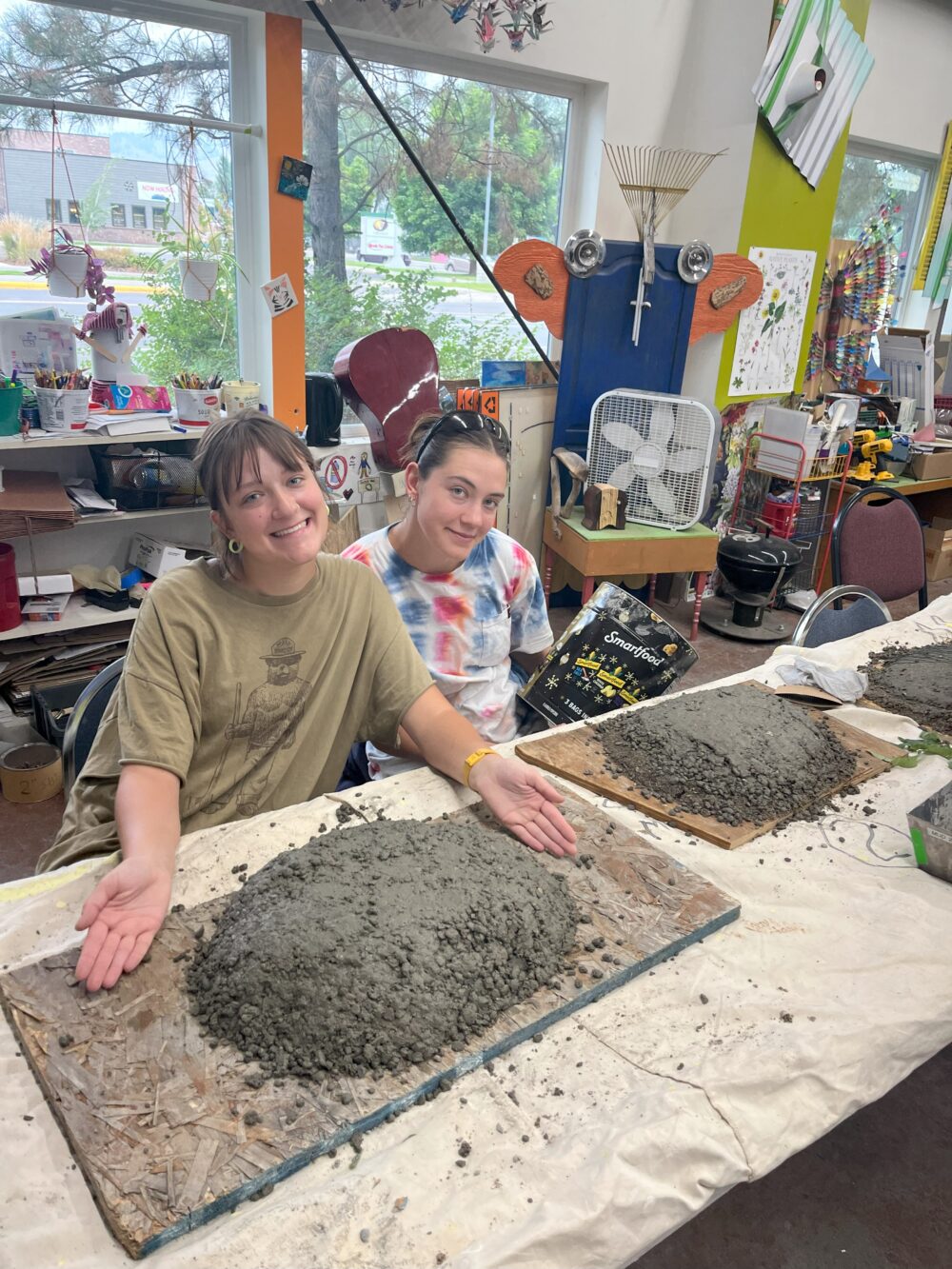We have much more to do and your continued support is needed now more than ever.
The Case of the Missing Martins

At first, local martin fans assumed the birds were just running late. “This year, we had an exceptionally cold and wet spring,” says festival organizer Adolph White, who maintains several purple martin nest boxes in the city’s Bryan Park. “That meant fewer insects, which the birds need to feed themselves and their young.” Hoping the birds were just getting a late start to nesting—and therefore post-breeding roosting and migration—White and other organizers initially postponed the festival for three weeks.
Cold, Wet Spring
Biologists confirm that purple martins, North America’s largest swallows, are sensitive to unusual weather. In an article, “Painting Your Yard Purple,” in the current issue of National Wildlife, swallow expert and University of Tulsa professor Charles Brown says that this year “the Great Plains endured one of the coldest springs on record, and we may be experiencing martin declines as a result.” The reason, he told writer Doreen Cubie, is that martins are among the earliest migratory birds to return north from the Tropics. “Martins eat only insects,” Brown added, and the appearance of insects can be delayed by cold weather in spring.
At Richmond’s martin-less martin festival, where a few dozen disappointed attendees browsed bird-themed t-shirts, jewelry and tote bags (compared to more than 1,000 participants last year), explanations for the birds’ disappearance ran the gamut. The most popular was a conspiracy theory: that city officials, eager to construct a new baseball stadium where the pear trees now stand, had secretly installed devices that emit ultrasonic sounds to scare birds away.
Moveable Martin Roosts

Tautin suggests that next summer martin watchers in Richmond monitor Doppler radar in the region to see if they can find their missing roost. (PMCA colleagues officially confirmed the Richmond roost’s existence using radar in 2004.) Whether the huge annual gathering of birds has disappeared or merely relocated, purple martins need all the help they can get, he adds. “Overall, the population of martins is stable, but is starting to tip toward decline”—particularly at the northern edge of the species’ breeding range in Canada, Michigan and New England.
One possible reason for those declines: “East of the Rockies, martins now depend almost entirely on people for nest sites,” Tautin says. He adds that fewer homeowners install purple martin nest boxes these days than they once did.
![]() Help purple martins! Find out more about purple martin nest boxes and how to properly place and maintain them, then consider turning your property into a Certified Wildlife Habitat® site.
Help purple martins! Find out more about purple martin nest boxes and how to properly place and maintain them, then consider turning your property into a Certified Wildlife Habitat® site.






















